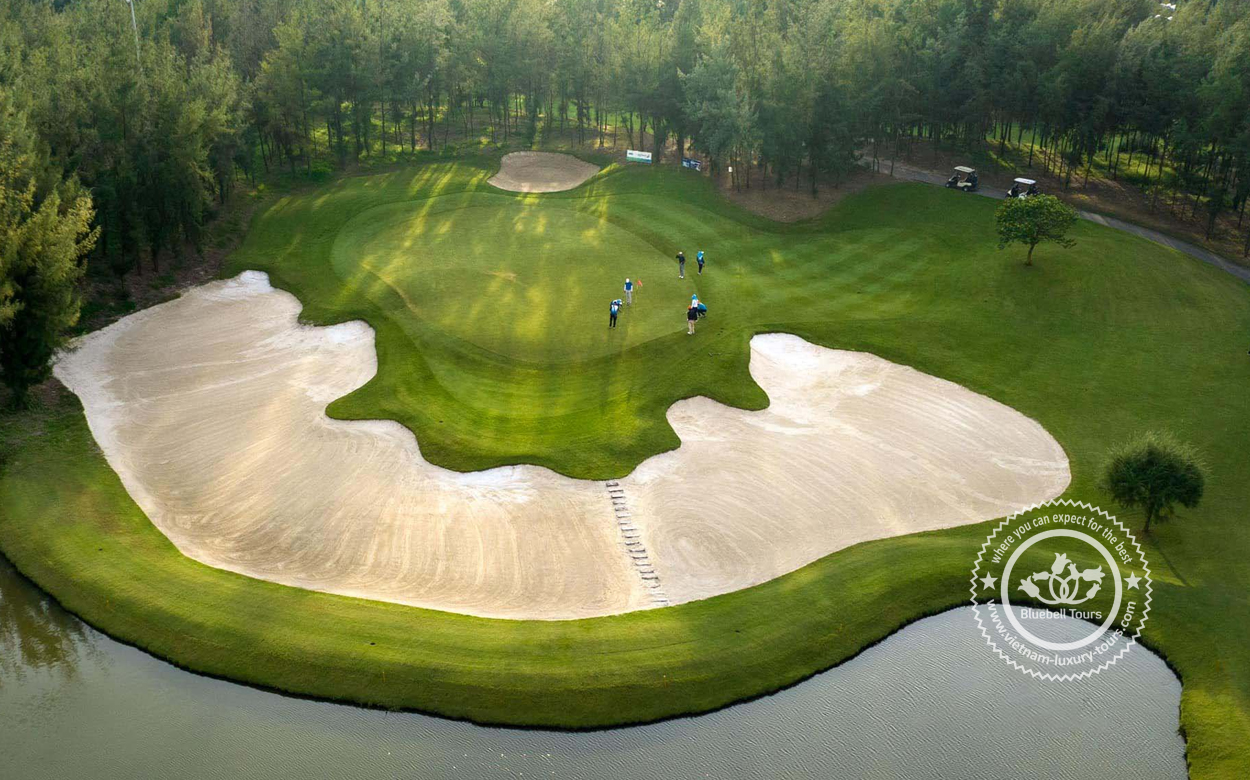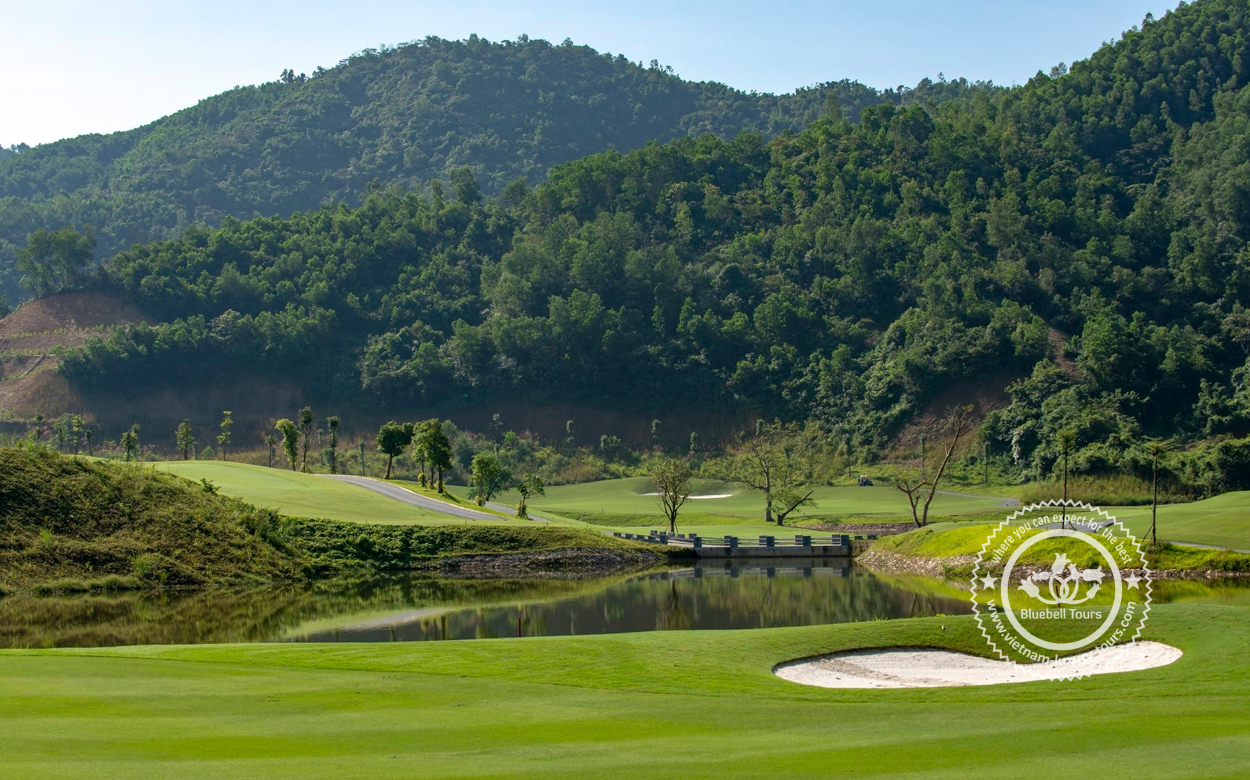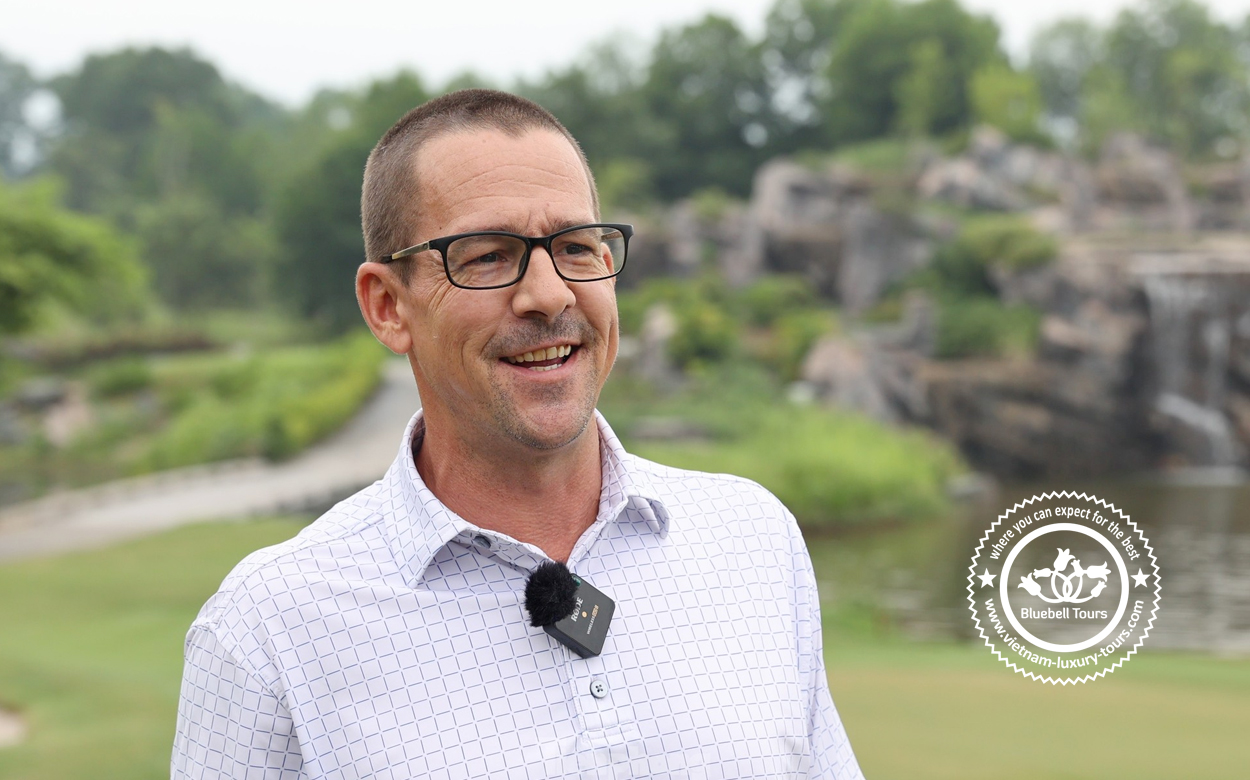
Hanoi Golf: Hanoi City To Develop Golf Tours As Key Tourism Product
Hanoi Golf Tours – Key Tourism Product
BLUEBELL TOURS VIETNAM – Hanoi golf tours are being considered a potential tourism product that can make important contributions to drawing international guests to Vietnam in general and to Hanoi in particular, especially guests from South Korea, Japan, the US and Europe. Players will enjoy playing in Hanoi at excellent golf courses where they will enjoy the best Hanoi Golf Tours.
In 2022, Hanoi attracted 18.7 million visitors (17.2 million domestic and 1.5 million foreigners), 4.7 times more than in 2021.
In the first three months of 2023, the capital showed good signs of recovery with 5.88 million guests visiting, 1 million of whom were foreigners. The total income from tourists reached VNĐ21 trillion (US$901.2 million).
The city has also received various honorable titles such as Asia’s Leading City Break Destination 2022 and World’s Leading City Destination 2022 at the World Travel Awards 2022.
Nguyen Hong Minh, deputy director of the Hanoi Tourism Department, said in order to maintain this growth rate of the tourism sector and to reach the target of 22 million tourists this year, the city intends to boost hanoi golf tours activities, enhance service quality and introduce new tourism products, especially those for middle and high-end level guests.

Minh said Hanoi has enough strengths to develop golf tours in Hanoi into a special product of the city. Taking infrastructure into consideration, there are now six clusters of golf courses in Hanoi with 10 standard courses, including Long Bien Golf Club, Van Tri Golf Club, Kings Island Golf Resort, Minh Tri Golf Club and BRG Legend Hills Golf Resort.
“These are large, professional golf courses reaching international standards with diverse natural landscapes, meeting the demands of players who love to play golf in Hanoi,” he noted.
Minh further analyzed that there are 4 and 5–star hotels such as JW Marriot, Sheraton and Metropole with convenient access to golf courses in Hanoi.
COMPETITIVE CHALLENGE
However, experts complained that Hanoi has a long way to catch up with other countries in Asia in terms of the number of golf courses.
“The fee for playing golf in Hanoi is much higher than that in other countries and then the average income of locals, which has led to a limited number of Vietnamese people playing golf,” he said.
The number of international guests to play golf in Hanoi remains low; the connection between travel agencies and golf courses is still weak and golf tourism has not linked with other tourism forms, he said.
Golf courses themselves have not linked with one another and have not promoted golf tourism professionally.
Pham Thanh Tri, permanent deputy president of the Vietnam Tourism Golf Association (VTGA), showed his concerns over the high tax for the sport.
“Most travel agencies have not paid much attention to Vietnam golf tours,” he said. “The human resources in tourism have not been trained in golf properly. The golf tourism product remains poor and simple. Vietnam golf tours have not been promoted widely and has not used much technology.”

Pham Thanh Tri suggested to reduce the special consumption tax (the tax for running a golf course is 20 per cent) so that Vietnamese golf tourism can compete against other Southeast Asian countries.
“Golf courses in Hanoi should apply more technology to exchange information between clubs,” he said.
“Activities of golf courses in Hanoi should connect to those in other courses,” he said. “We should open the market for Hanoi golf tours to Europe, the US, Australia and Southeast Asia by hosting club exchanges, and tournaments for domestic and international teams.”
The VTGA will introduce Southeast Asia Tourism Golf on its website from June this year, through which customers can book golf tours to Southeast Asian countries including Vietnam.
The association will also introduce an app to connect golf courses, training facilities, 3D golf practicing rooms, hotels, airlines and tourist destinations.



